What’s Parallel Slide Gate Valves?
The Parallel Slide Gate Valves are mainly used in the field chemical, petroleum, natural gas designed to provide isolation and transmission of flow in a piping system or a component when closed, sometimes can be installed in the pump outlet for regulating or control of flow. It’s characterized by compact structure, reliable closing and good sealing performance, which can be furnished for high differential pressure services or where thermal. The parallel gate valve can be driven by the handwheel, electric motor, pneumatic and hydraulic.
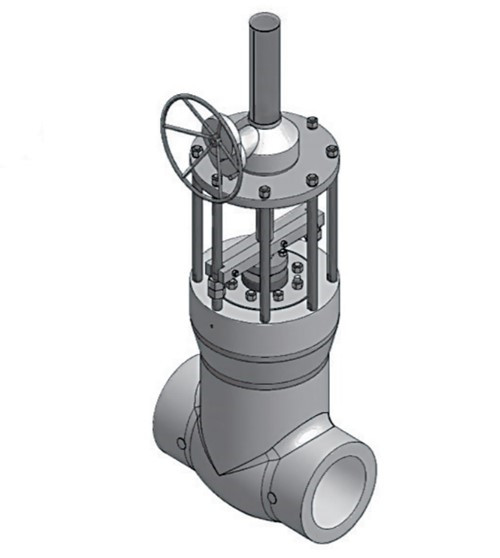
Related Standards
Design and Manufacturing: API 6D;
Flange End Connection: ASME B16.5, ASME B16.47;
B.W. End Connection: ASME B16.25;
Inspection and Test: API 598.
How does parallel slide gate valve work?
The parallel gate consists of the valve body, bonnet, disc assembly, stem and top works, each side of the valve can withstand full differential pressure. Replaceable double-disc seal with double bleeding and blocking (DBB) is created by a combination of internal pressure and spring force. The floating seat can automatically relieve pressure when the middle chamber is under pressure. When the pressure in the cavity is greater than that in the channel, the cavity pressure will be released to the channel. When the upstream pressure of the channel is greater than that of downstream (the valve is closed), the pressure in the middle chamber will be discharged to the upstream side channel. When the upstream pressure of the channel is equal to the downstream (the valve is fully open), the pressure in the middle chamber can realize the discharge of bilateral channels. The valve seat automatically resets after pressure relief.
- When the pressure inside the valve (cavity, inlet and outlet) is equal or no pressure, the disc is closed and the PTFE sealing ring on the seat surface forms the initial seal. The seat ring can automatically clean the sealing surface on both sides of the disc every time the valve is opened or closed.
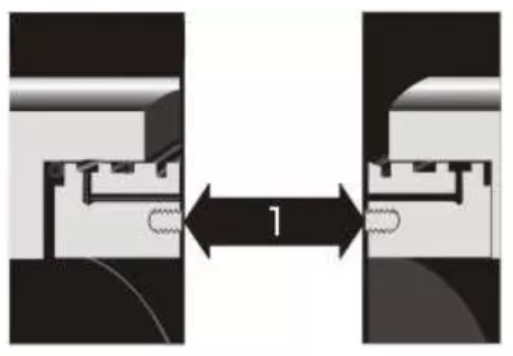
- Medium pressure acting on the inlet side disc, forcing the disc moves toward the exit seat PTFE ring, compress until it compaction in the metal valve seat sealing surface, formed the hard and soft double seal, namely PTFE to metal seal, metal to metal seal, export seat also is pushed to the body seat hole on the end face of the O-ring seat ring and valve sealing.
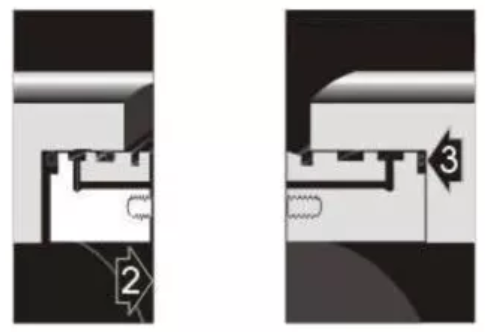
- The inlet seal forms after the pressure in the cavity relief, and the medium pressure forces the inlet seat to move to the disc. At this time, the inlet seat produces soft PTFE to metal seal and metal-to-metal seal, the O-ring guarantees the sealing of the seat outer ring with the valve body.
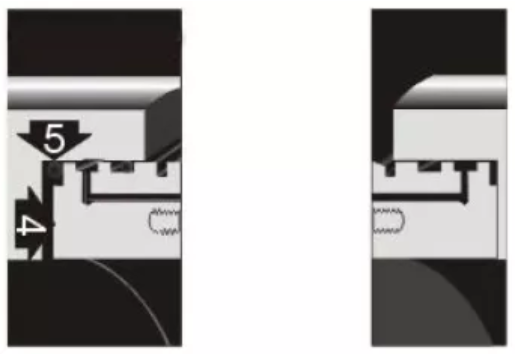
- Automatic pressure relief of the valve. When the pressure in the cavity of the valve body is greater than the pipe pressure, the inlet seat is pushed to the disc end of the upstream seat hole under the pressure difference, and the excess pressure between the upstream seat and the sealing surface of the disc of the valve body is discharged into the upstream pipe.
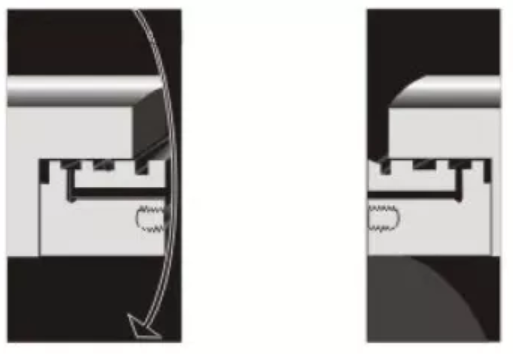
Parallel slide gate valve applications
- Oil and natural gas production wellhead device, conveying and storage pipelines (Class150~900/PN1.0~16.0MPa, operating temperature -29~121℃).
- Pipes with suspended particle media.
- Urban gas pipeline.
- Water engineering.



Leave a Reply
Want to join the discussion?Feel free to contribute!